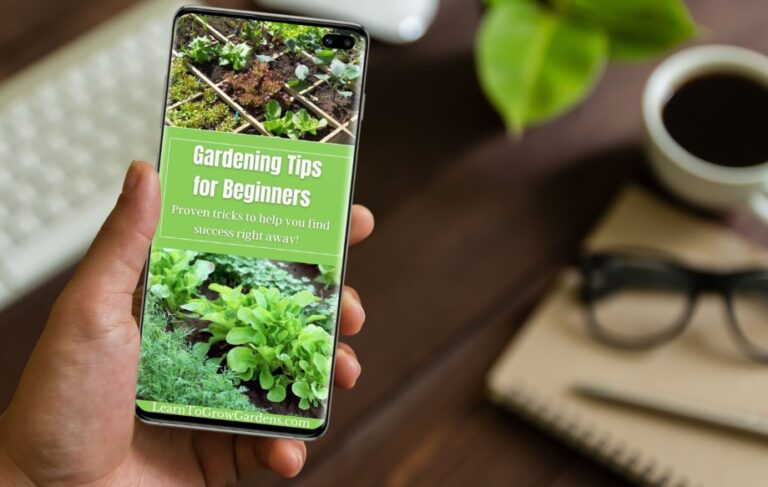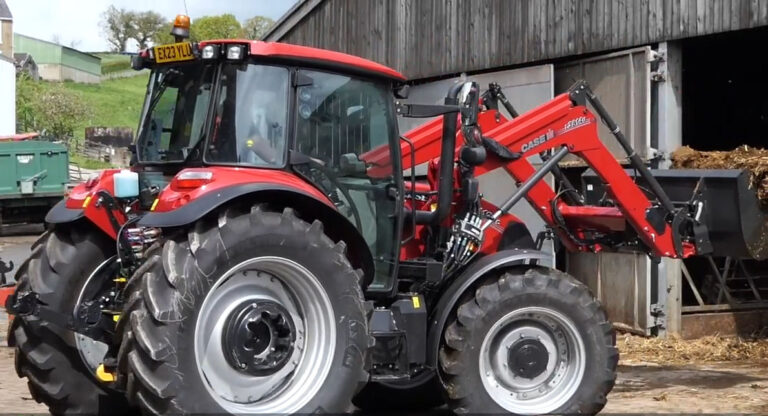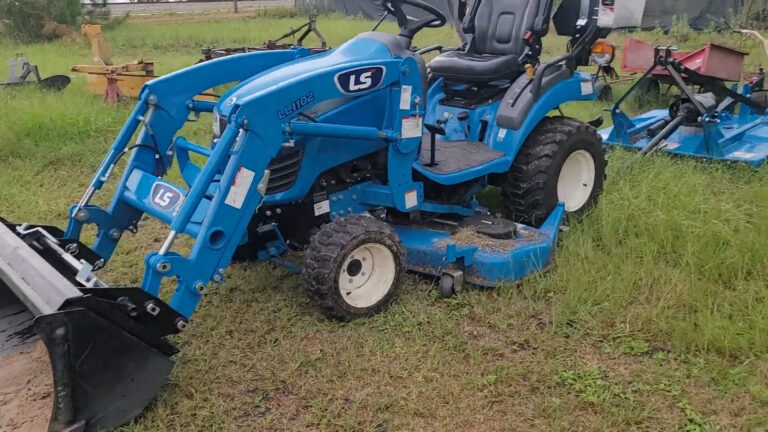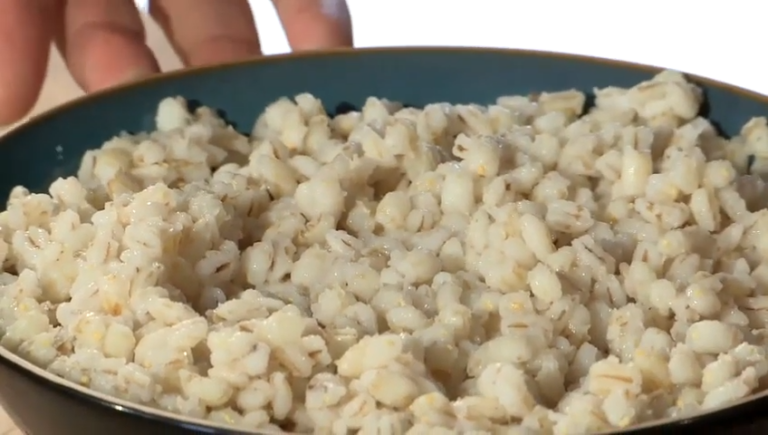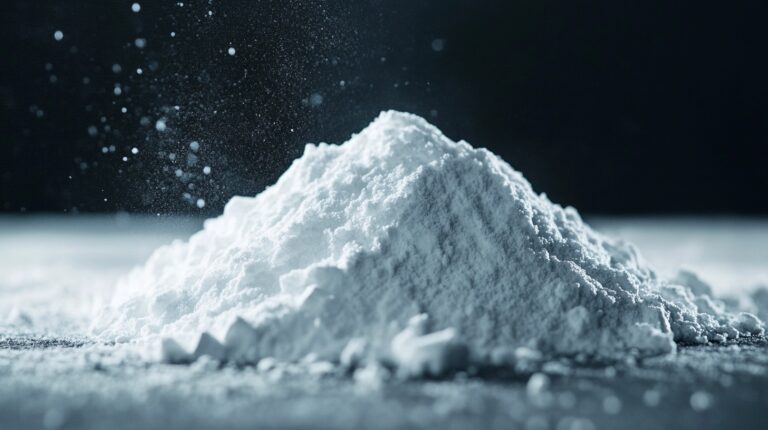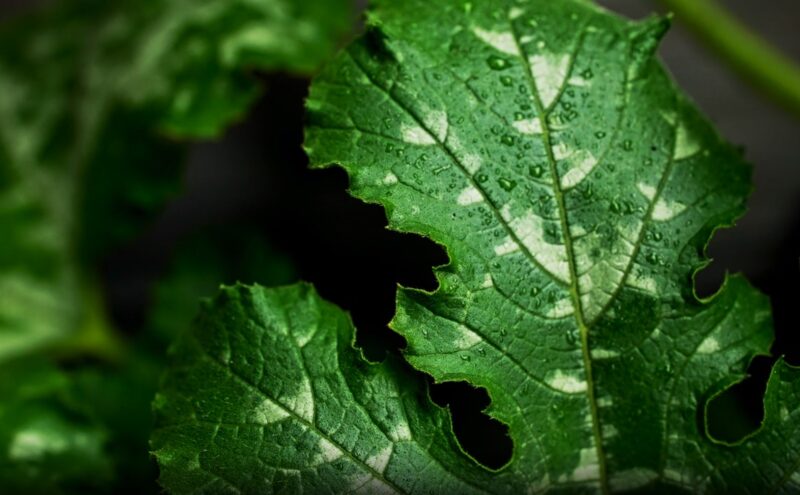Let’s face it, growing plants can be a real pain. You give them water, sunlight, and maybe a little pep talk every now and then, yet they still find a way to look miserable. The real culprit? Nutrient deficiencies.
Your plants are probably suffering in silence, silently screaming for help while you wonder if talking to them in a soothing voice will make a difference. Spoiler: it won’t. Let’s cut through the chase and get to the root of the problem.
1. Nitrogen Deficiency
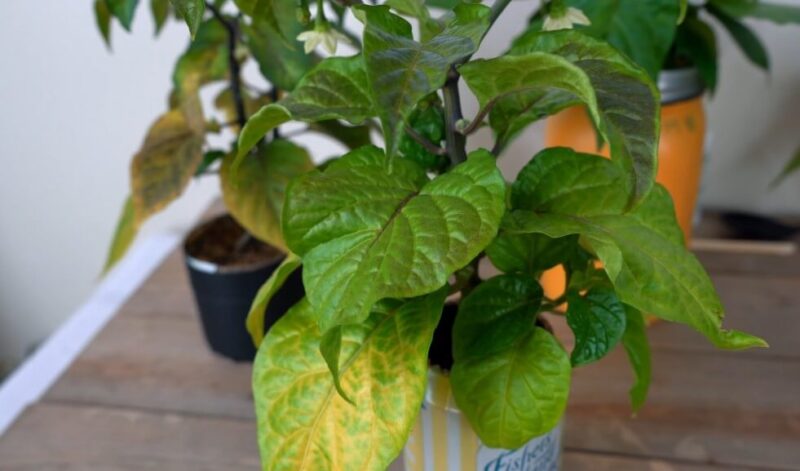
When your plants start looking like they’ve been sunbathing without sunscreen, you’ve got a nitrogen problem. Yellow leaves are the classic symptom. It usually starts with the older leaves, because apparently, they’re more sacrificial than the young ones. Nitrogen is essential for healthy growth, so if your plants aren’t getting enough, they’ll let you know by looking absolutely wretched.
How to Identify
- Older leaves turn yellow.
- Growth slows down.
- New leaves are small and pale.
2. Phosphorus Deficiency
If your plants start resembling a Prince music video with purple-tinged leaves, congratulations, you’ve got a phosphorus deficiency. It’s not as cool as it sounds. Phosphorus is crucial for energy transfer and root development. Without it, your plants will struggle to grow, and you’ll be left wondering if they’re auditioning for a goth band.
How to Identify
- Leaves turn dark green or purple.
- Stunted growth.
- Poor root development.
3. Potassium Deficiency
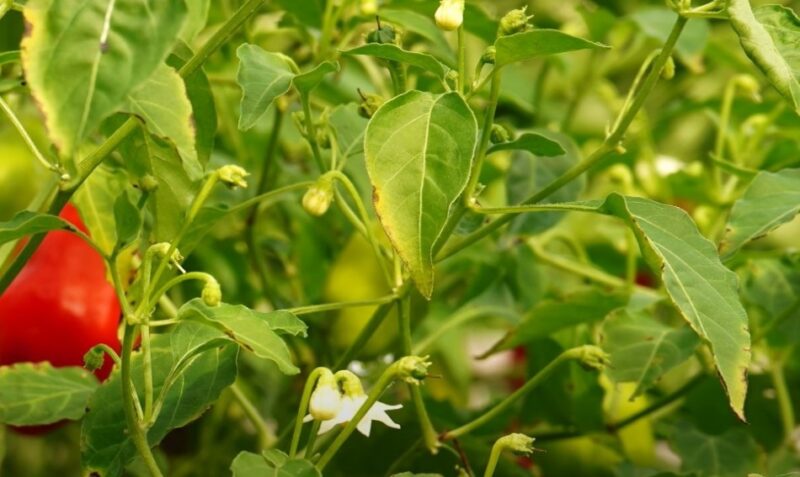
Potassium is the drama queen of nutrients. When your plants don’t get enough, they show it by developing scorched-looking leaf edges. It’s like they’ve been playing with fire, but no, they’re just starving for potassium. This nutrient is vital for overall plant health and disease resistance. Without it, your plants will look like they’re having a meltdown.
How to Identify
- Leaf edges turn brown and crispy.
- Yellowing between leaf veins.
- Weak stems.
4. Calcium Deficiency
Calcium isn’t just good for your bones; your plants need it too. When they lack calcium, new growth becomes distorted and crinkly. Think of it as the plant version of a bad hair day, but every day. Calcium is important for cell wall structure and stability. Without it, your plants can’t hold themselves together, literally.
How to Identify
- New leaves are distorted and crinkled.
- Tip burn on young leaves.
- Poor root development.
5. Magnesium Deficiency
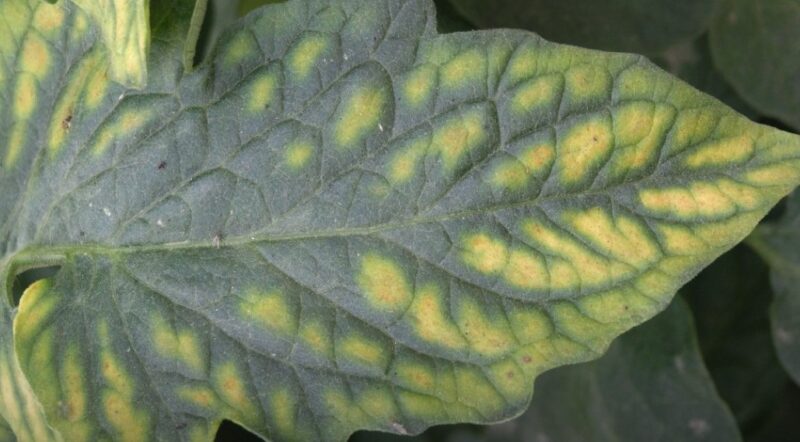
Magnesium deficiency can turn your plants into a sad version of the Hulk. They get these green veins with yellow areas in between. It’s not a superpower, it’s a cry for help. Magnesium is a key component of chlorophyll, so without it, your plants can’t photosynthesize properly. You know, that minor process that keeps them alive.
How to Identify
- Yellowing between veins (interveinal chlorosis).
- Older leaves affected first.
- Leaves may eventually turn brown and fall off.
6. Sulfur Deficiency
Plants low on sulfur look like they’ve seen a ghost. They turn pale and sickly, starting with the younger leaves. Sulfur is important for protein synthesis and enzyme function. Without it, your plants can’t grow properly, and they end up looking like they need a vacation in the sun.
How to Identify
- Younger leaves turn pale yellow.
- Stunted growth.
- Thin, spindly stems.
7. Iron Deficiency
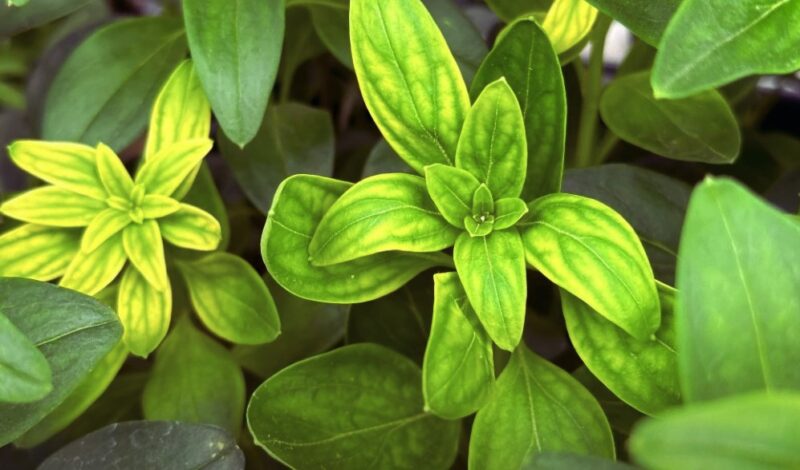
Iron deficiency is a classic case of chlorosis, where leaves turn yellow but veins stay green. It’s like a botanical fashion statement gone wrong. Iron is essential for chlorophyll production and function. Without it, your plants can’t photosynthesize efficiently, and they end up looking like they’re auditioning for a sickly green-themed play.
How to Identify
- Yellowing between veins (interveinal chlorosis) on new leaves.
- Slow growth.
- Leaves may turn white in severe cases.
8. Manganese Deficiency
Manganese deficiency is the plant equivalent of a bad complexion. Leaves develop brown spots and speckles, starting with the younger ones. Manganese is crucial for enzyme function and photosynthesis. Without it, your plants end up looking like they’re covered in plant acne. This problem should not bi mistaken for powdery mildew that cause white spots on leaves.
How to Identify
- Brown spots and speckles on leaves.
- Interveinal chlorosis on younger leaves.
- Poor fruit and seed development.
9. Zinc Deficiency
When your plants start sprouting tiny, deformed leaves, it’s probably zinc deficiency. Zinc is important for hormone production and growth regulation. Without it, your plants can’t grow normally, and they end up looking like they’ve been shrunk in the wash.
How to Identify
- Small, deformed leaves.
- Rosette formation (leaves clustered at the top).
- Interveinal chlorosis on older leaves.
10. Copper Deficiency
Copper deficiency makes your plants look perpetually wilted, even when you’ve given them plenty of water. Copper is essential for enzyme function and chlorophyll production. Without it, your plants can’t maintain their structure, and they end up looking like they’ve just given up on life.
How to Identify
- Young leaves turn dark green or bluish.
- Wilted, limp appearance.
- Poor flower and fruit development.
How to Fix Nutrient Deficiencies
Now that you’ve identified the various nutrient deficiencies, it’s time to fix them. Fortunately, it’s not rocket science.
Steps to Follow
- Test Your Soil: Start by testing your soil to find out what’s missing. You can buy a soil test kit or send a sample to a lab.
- Adjust pH Levels: Make sure your soil pH is in the right range for nutrient uptake. Most plants prefer a pH between 6.0 and 7.0.
- Use Fertilizers: Add the appropriate fertilizers to your soil. For nitrogen, use a high-nitrogen fertilizer. For phosphorus, use bone meal or rock phosphate. For potassium, use potash. You get the idea.
- Organic Matter: Incorporate organic matter like compost or manure to improve soil structure and nutrient availability.
- Foliar Feeding: In severe cases, you can apply nutrients directly to the leaves using a foliar spray.
Final Words
Growing healthy plants isn’t about talking to them or giving them pep talks. It’s about ensuring they get the nutrients they need. Identifying and fixing nutrient deficiencies is crucial for keeping your plants alive and well. Remember, plants are like people—they need a balanced diet to thrive. So, next time your plants look miserable, don’t blame your lack of a green thumb. Blame the nutrient deficiencies and get to work fixing them. After all, happy plants make for a happy gardener.
Related Posts:
- What Causes White Spots on Cucumber Leaves and How…
- 13 Ground Cover Plants to Grow in Southern California
- 4 Key Takeaways from the US Crop 2024 Year-End Review
- Can Gallstones Cause Fatigue And Dizziness?…
- Alpha Palm Vitamin - Nutritional Value And Benefits
- Short and Fat Zucchini? Here’s What Could Be Going Wrong


